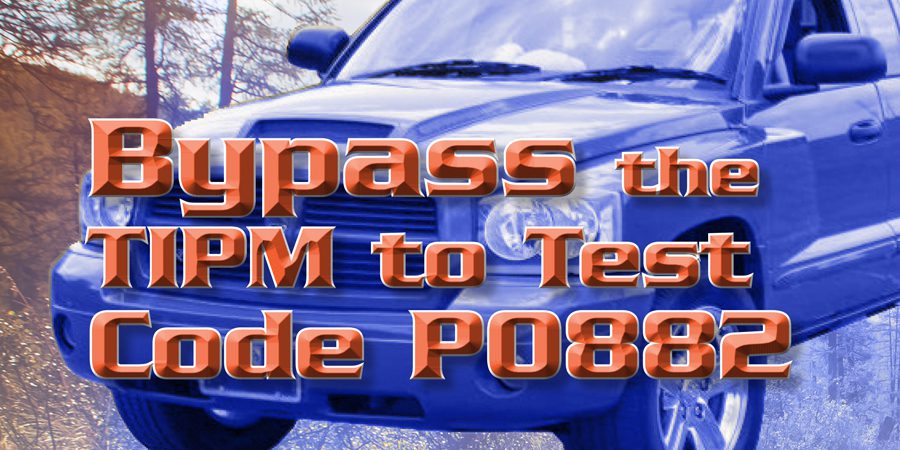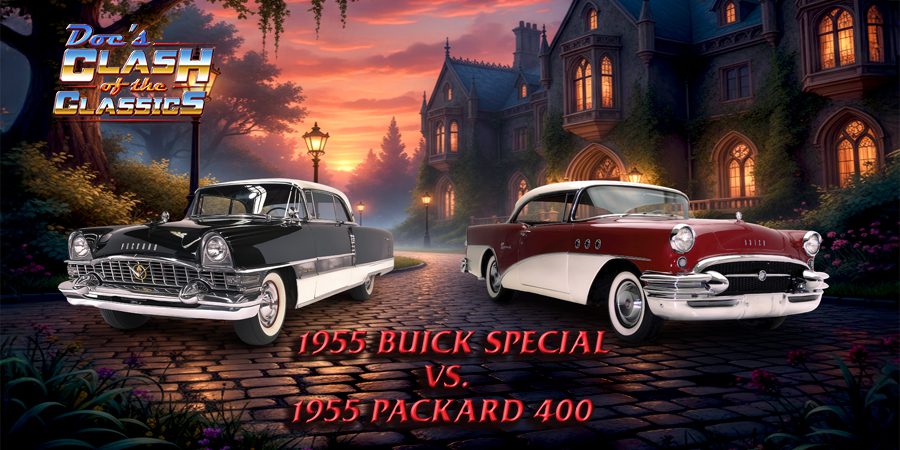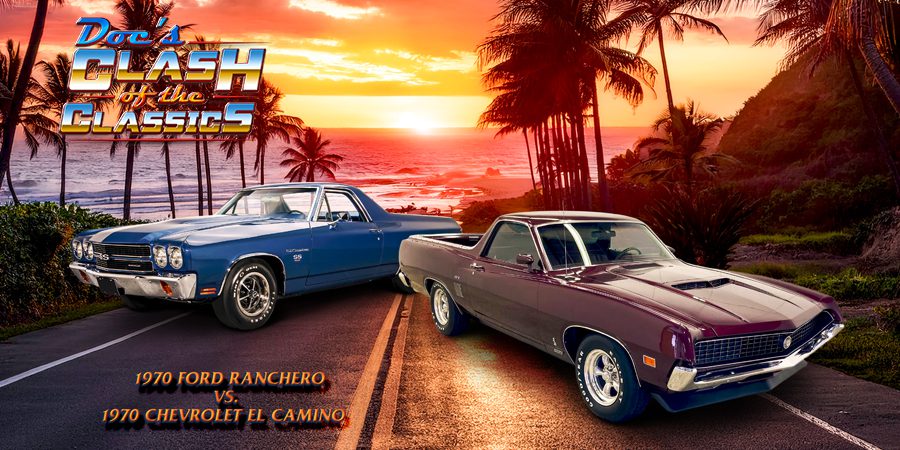Welcome to this edition of “Clash of the Classics”. This month we’ll head back to 1968 for a showdown between two iconic muscle cars that helped define an era.
1968 was a time of unrest in the nation. The hot, violent summer in Chicago was like a civil war. Timothy Leary was preaching his psychedelic message of “turn on, tune in, drop out” and the Viet Nam conflict was continually making headlines.
 Here at home, 1960’s America needed a change, something that could help us refocus our energy in a more positive way and Detroit had the answer, muscle cars and horsepower wars. Today’s showdown is between two legendary muscle cars, the 1968 Dodge Super Bee and the 1968 Chevelle SS 396.
Here at home, 1960’s America needed a change, something that could help us refocus our energy in a more positive way and Detroit had the answer, muscle cars and horsepower wars. Today’s showdown is between two legendary muscle cars, the 1968 Dodge Super Bee and the 1968 Chevelle SS 396.
Let’s start with the Dodge Super Bee.
The Super Bee came to exist because of a simple rivalry between design departments. As most of us are aware, friendly competition and rivalries can be a good thing as they often bring out the best in us.
When it came to inter-division rivalries, GM had been doing it for years. Chevy vs. Pontiac was fairly common, Cadillac and Buick would go at it quite a bit and the truck battles between GMC and Chevy were definitely commonplace.
 Mopar (a name synonymous with Dodge, Chrysler, Plymouth) entered into these battles as a result of the competitive fervor sparked by the muscle years and like the various GM brands, a rivalry between Dodge and Plymouth emerged.
Mopar (a name synonymous with Dodge, Chrysler, Plymouth) entered into these battles as a result of the competitive fervor sparked by the muscle years and like the various GM brands, a rivalry between Dodge and Plymouth emerged.
Plymouth struck first when they introduced the 1968 Road Runner, Dodge responded to Plymouth with their own bang for the buck model that was based off their Coronet Coupe, calling it the Dodge Super Bee.
Beginning with the interior, the Super Bee was more or less utilitarian with a no-frills approach. The bench seat, door panels, and overall interior feel were unremarkable, but in the interest of sportiness, it had the same rallye instrument panel as the higher-end Charger. A large, round 150-MPH speedometer was positioned to the left side of the steering column and an optional tachometer fit nicely into a ring outside the clock that was created to fit adjacent to the speedo. On the right side were four smaller diameter gauges that indicated alternator output, coolant temp, oil pressure, and fuel level. There were also rocker switches for headlights and other electrical controls that further supported the weekend warrior theme Dodge was pushing.
 Overall, the dash layout was unique, handsome, and cleverly designed. It remains a style that I personally have always favored.
Overall, the dash layout was unique, handsome, and cleverly designed. It remains a style that I personally have always favored.
For those interested in trivia, the name Super Bee was accidentally created and further developed by in-house management. It originated as a play on the letter designation of the body design. In this case it was a “B” body. Since it was Dodge’s stripped-down racer model, legend has it that one random afternoon a worker referred to it as the Super B. From there, the Bumble Bee motif then developed slowly into what we see today.
The cartoon mascot idea came from Dodge’s own “Scat Pack” advertising campaign. Some minor adjustments were made to the bumble bee’s side to reflect four exhaust pipes rather than the original three that were drawn into the original Scat Pack ads.
 Aside from decals and clever badges, the car was a serious machine that the serious driver wanted. It was a great-looking muscle car that a budget-minded guy or gal could afford and still light up the quarter-mile track.
Aside from decals and clever badges, the car was a serious machine that the serious driver wanted. It was a great-looking muscle car that a budget-minded guy or gal could afford and still light up the quarter-mile track.
In 1968, only two engine options were available for the Super Bee, either the 383 cubic inch Magnum V8 or the big 426 Hemi V8. Mopar engineers were creative back in those days with using different combinations of engine parts to create cool and unique power plants. In this case, the base 383 engine block was fitted with 440 Magnum heads, camshaft, and induction system. The engine was rated at 335 horsepower with an impressive 425 lb. ft. of torque.
The other engine option was the iconic 426 Hemi, and while it was available for 1968, it added another $1000 to the price. At that point, it clashed with the whole Super Bee budget appeal and because of that only about 120 Hemi equipped cars were originally ordered. (As of this printing, it is unknown how many original ’68 Super Bee’s are in existence. A concours level Hemi car would be inestimable).
The 4-speed manual transmission with a Hurst shifter was standard equipment, the Torqueflite 727 was optional. Heavy-duty suspension and brakes along with Red Line wide oval tires were also standard equipment for 1968.
 When it came to advertising the car, Dodge wasn’t bashful and even went so far as to drop names. In their original 1968 television commercials, the narrative went like this: “It’s the supercar for the guy who doesn’t want to shy away from GTO’s…only their high prices”.
When it came to advertising the car, Dodge wasn’t bashful and even went so far as to drop names. In their original 1968 television commercials, the narrative went like this: “It’s the supercar for the guy who doesn’t want to shy away from GTO’s…only their high prices”.
Definitely no shame in Dodge’s game for 1968.
It is estimated that Dodge produced approximately 7,844 Super Bee’s with an original MSRP of $3,027.
Of all the cars we’ve previewed and showcased over the years while hosting the Horsepower for an Hour radio show, the 1968 Super Bee was one of my most memorable. The feel of the road, the sound of the engine, and the overall experience was unforgettable.
Speaking of unforgettable experiences, now let’s look at the 1968 Chevelle SS 396.
Unofficially, the 1968 Chevelle SS 396 is widely considered by many to be the poster child for 1960’s American Muscle Cars. 1968 represented the first year for the 2nd generation Chevelle and not only was the body redesigned, the wheelbase was changed as well. GM shaved three inches off the platform which was supposed to improve handling and feel, but it didn’t work as well as GM would have hoped. The new design had a longer hood and a shorter rear deck which resulted in odd handling over bumps. Also, due to early limitations in suspension design, the ride was somewhat harsh and unpredictable. This is where my criticism ends as the rest of the car is sensational.
 By comparison, the redesigned body in ’68 was much more tapered and stylish than the earlier first-generation series. Also, the Chevelle SS 396 was considered a stand-alone series for the first time in 1968 rather than an option package. All SS models had hideaway wipers, blacked-out accents, a special twin-domed hood with simulated air intakes, “SS” badges, and vinyl upholstery.
By comparison, the redesigned body in ’68 was much more tapered and stylish than the earlier first-generation series. Also, the Chevelle SS 396 was considered a stand-alone series for the first time in 1968 rather than an option package. All SS models had hideaway wipers, blacked-out accents, a special twin-domed hood with simulated air intakes, “SS” badges, and vinyl upholstery.
Unlike the two engine options available for the Super Bee, the Chevelle SS 396 had three engine options. The first was the 396 cubic inch Turbo-Jet, 325 horsepower version that was standard equipment. The second option was the 350 horsepower L34 version, and the third option was the 375 horsepower L78. This was the preferred choice as it came with large-port heads, solid lifters, and an 800 cfm Holley carburetor on a low-rise aluminum manifold, all for an additional $237 which even for the time period was reasonable.
Back in those days, if you listened carefully you could hear the little hammers tapping on the L78 versions. The solid lifters made a distinctive sound and if you heard them, you knew there was a beast under the hood.
 Another interesting point surrounding GM back in those days had to do with new smog regulations. Engineers were being pressured to clean up the exhaust emissions on all GM engines and in an effort to comply with the new restrictions, GM bored the 396 just slightly to a 402 cubic inch displacement. The funny thing about it is, GM had a standing rule that no engine larger than a 400 cubic inch displacement could be used in any mid-sized car other than a Corvette. Obviously, a 402 would violate that rule so to get around it GM simply ignored the fact it was now a 402 and up until 1970 continued to call them 396’s.
Another interesting point surrounding GM back in those days had to do with new smog regulations. Engineers were being pressured to clean up the exhaust emissions on all GM engines and in an effort to comply with the new restrictions, GM bored the 396 just slightly to a 402 cubic inch displacement. The funny thing about it is, GM had a standing rule that no engine larger than a 400 cubic inch displacement could be used in any mid-sized car other than a Corvette. Obviously, a 402 would violate that rule so to get around it GM simply ignored the fact it was now a 402 and up until 1970 continued to call them 396’s.
A three-speed manual transmission was standard with all engine choices, the heavily favored Muncie 4-speed was optional as was the THM 400 automatic transmission. The Muncie 4-speed M22, which was often referred to as the rock crusher was the unit that GM put behind the Big-Block 396. The unit was noisy because of the spur cut gears but it was definitely durable. And, like the Torqueflite found in some of the Dodge Super Bee’s, The THM 400 was durable as well as reliable, however, neither the Torqueflite nor the THM 400 were as much fun.
Some of the interior options in 1968 included tinted glass, power windows, air conditioning, power steering, electric clock, pushbutton radio, and a front-seat speaker. Just as with the Super Bee, the dash and instrumentation were highlights of the design.
An estimated 62,785 SS 396 Chevelles were produced in 1968 at a base price of approximately $2900.
Whether you’re a fan of the Chevelle or the Super Bee, I think most would agree, both cars are legendary in the classics world.
For us here at “Doc’s Clash of the Classics”, the winner and champion of this month’s battle is the 1968 Dodge Super Bee.
While the Chevelle is a classic titan, the Super Bee has a great story of origin. The body style is beautiful and the lines are unmistakable as well as distinctive. However, the deciding factor was how cool the driving experience was, there’s just nothing quite like it!
We’d love to hear from you, let us know which car you prefer and why.
Until next time when we take a ride on a classic highway, stay safe… stay timeless… stay classic!
Donny Caccamise is an Automotive Technology Graduate and a Certified Master Technician with more than 40 years of automotive industry experience. Before retiring, he hosted the Nationally Syndicated Automotive Talk Radio Show “Horsepower for an Hour” airing on 161 AM and FM radio stations across the nation. He is a retired member of the ATRA Board of Directors, and retired transmission shop owner. Vintage and classic cars are his specialty. Contact Donny at donnycaccamise@gmail.com

















Add Comment